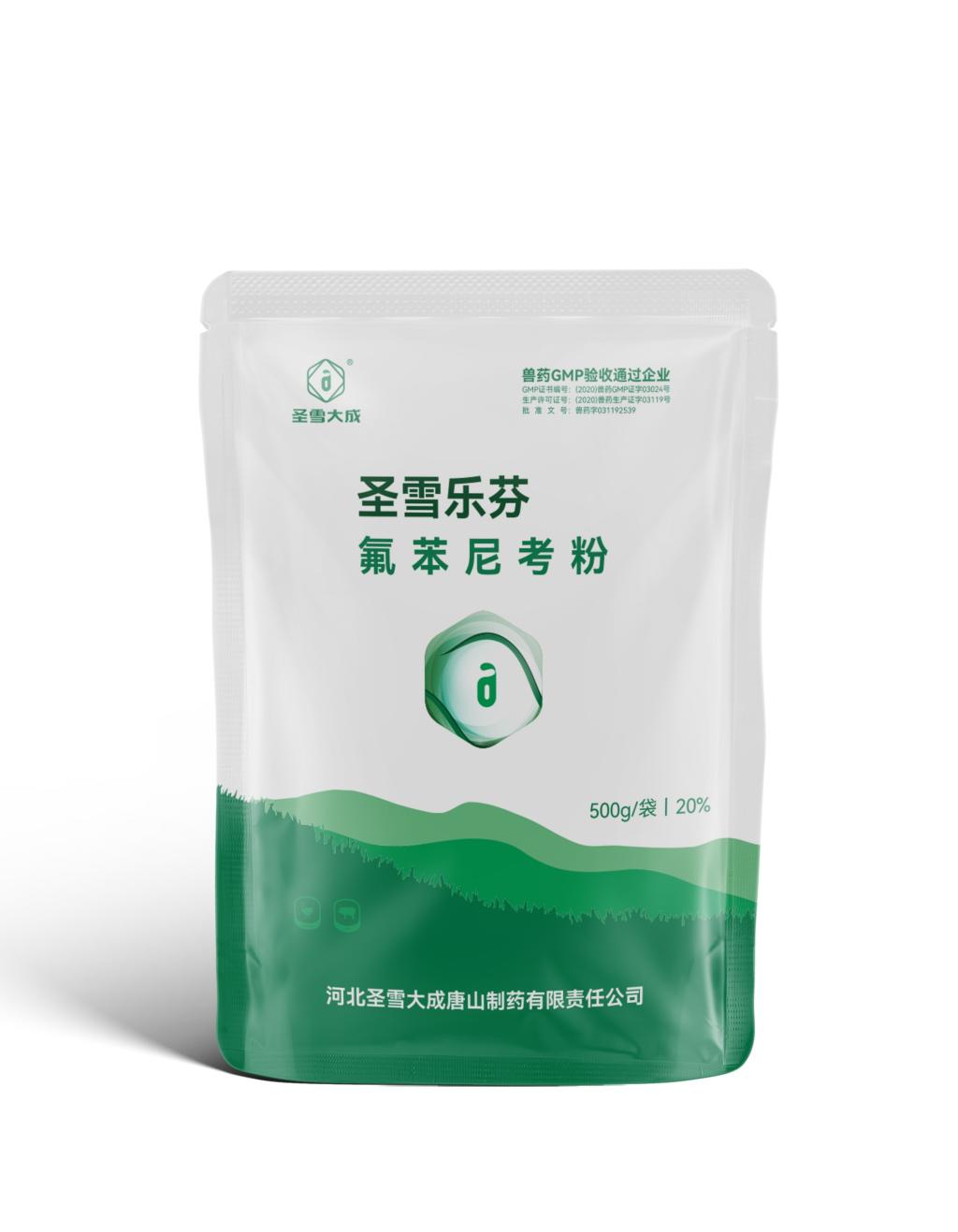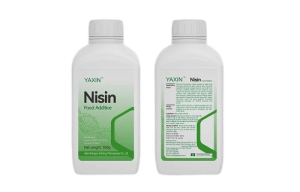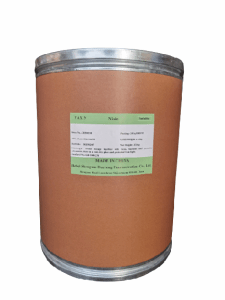Tel:+8618231198596

News
 CONTACT
CONTACT
 CONTACT
CONTACT
- Linkman:Linda Yao
- Tel: +8618231198596
- Email:linda.yao@dcpharma.cn
- Linkman:CHARLES.WANG
- Department:Overseas
- Tel: 0086 0311-85537378 0086 0311-85539701
News
Current Position:
Home >
News
>The use of Florfenicol Powder in treating mixed infections is a topic of discussion.
The use of Florfenicol Powder in treating mixed infections is a topic of discussion.
TIME:2024-10-24
Understanding Florfenicol
Florfenicol is a synthetic broad-spectrum antibiotic that is structurally similar to chloramphenicol. It is primarily used in veterinary medicine to combat bacterial infections in livestock and poultry. Florfenicol works by inhibiting bacterial protein synthesis, ultimately leading to the death of susceptible bacteria. Its efficacy against both Gram-positive and Gram-negative bacteria makes it a valuable tool in treating mixed infections.
The Challenge of Mixed Infections
Mixed infections can occur when multiple types of bacteria, or bacteria and other pathogens such as viruses or fungi, simultaneously affect an animal. This complexity complicates diagnosis and treatment, as different pathogens may require different antibiotics for effective management. Common scenarios include:
Bacterial Co-infections: For example, a respiratory infection in cattle might be caused by a combination of bacteria such as Mannheimia hemolytica and Histophilus somni.
Secondary Infections: Viral infections can predispose animals to secondary bacterial infections, necessitating the use of antibiotics to manage the situation.
Given the intricacies of mixed infections, a broad-spectrum antibiotic like florfenicol can be crucial in effectively targeting multiple pathogens.
Advantages of Florfenicol Powder
Broad-Spectrum Activity: Florfenicol is effective against a wide range of bacteria, making it suitable for treating mixed infections where the specific pathogen may not be immediately identified.
Rapid Absorption: When administered, florfenicol is quickly absorbed, allowing for prompt action against the pathogens causing the infection. This rapid onset can be critical in managing acute infections.
Ease of Use: The powdered form of florfenicol can be conveniently mixed into feed or water, facilitating administration in livestock. This is particularly advantageous in larger farming operations where injectable options may be less practical.
Lower Risk of Resistance Development: Although resistance can develop with any antibiotic use, florfenicol's unique mechanism of action may help mitigate the rapid emergence of resistance compared to other antibiotics. Its careful application in veterinary medicine can help preserve its efficacy.
Application in Veterinary Medicine
Florfenicol powder is commonly used in treating various conditions in livestock, including:
Respiratory Diseases: Infections like bovine respiratory disease (BRD) can be effectively managed with florfenicol, particularly when caused by multiple bacterial agents.
Foot Rot and Other Skin Infections: Mixed infections involving various skin pathogens can also be addressed with florfenicol, helping to resolve inflammation and promote healing.
Infections in Poultry: Florfenicol is used in poultry to control respiratory infections and other bacterial diseases that may arise from mixed infections.
Considerations and Best Practices
While florfenicol is a valuable tool in managing mixed infections, veterinarians must exercise caution in its use. Key considerations include:
Diagnosis and Culture: Accurate diagnosis and, when possible, bacterial culture can guide appropriate treatment. In cases of mixed infections, understanding the specific pathogens involved can inform the use of florfenicol alongside other treatments.
Withdrawal Times: Florfenicol has established withdrawal times that must be adhered to before animals are sent for slaughter or before milk is processed. Ensuring compliance with these regulations is essential for food safety.
Monitoring for Efficacy: Regular monitoring of treatment outcomes can help veterinarians adjust treatment plans as needed, ensuring that the infection is effectively managed.
Conclusion
Florfenicol powder represents a significant advancement in the treatment of mixed infections in veterinary medicine. Its broad-spectrum efficacy, rapid absorption, and practical administration make it a preferred choice for veterinarians dealing with complex infections in livestock and poultry. As the landscape of veterinary care continues to evolve, the thoughtful application of florfenicol, combined with proper diagnostic practices, will play a crucial role in enhancing animal health and welfare.
- Tel:+8618231198596
- Whatsapp:18231198596
- Chat With Skype







